Saturn’s small, plain Mimas creates big waves in ocean moon theory
Known for the distinctive crater that bestowed Star Wars street cred, Saturn moon Mimas has the scientific world astir after a new study finds evidence of an unexpected sub-surface ocean
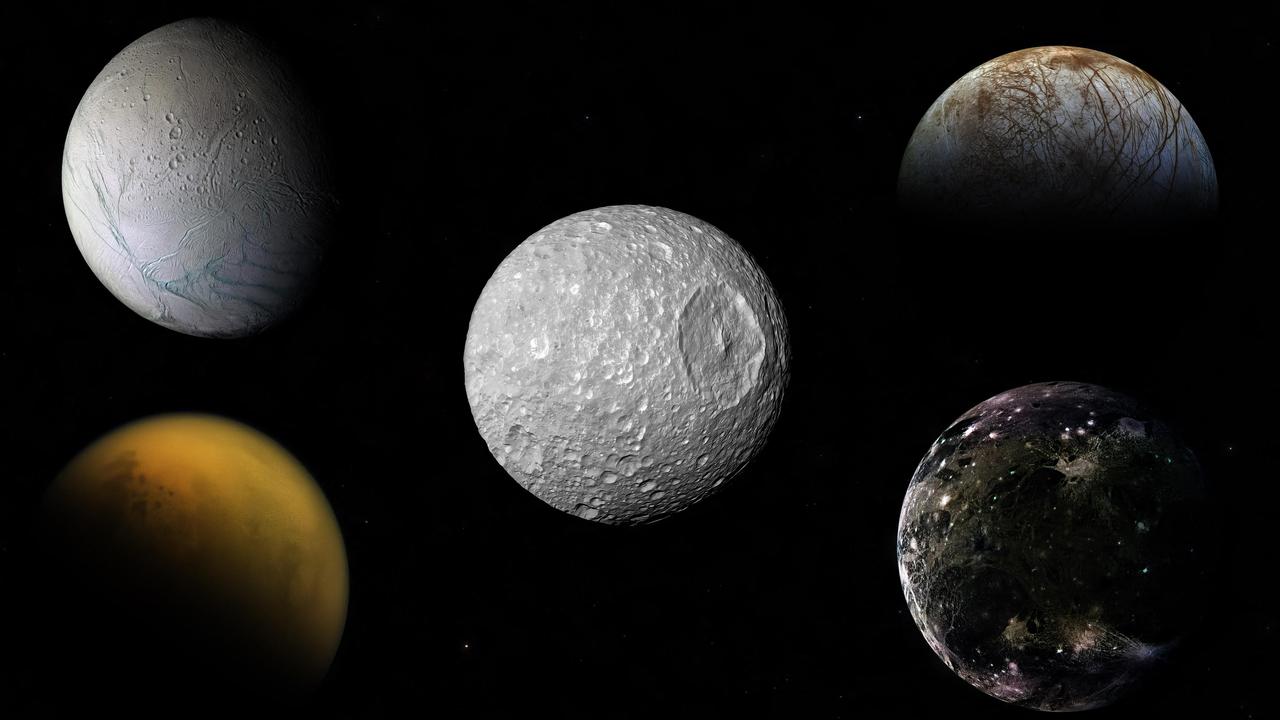
READING LEVEL: ORANGE
Saturn’s small moon Mimas seems an unlikely candidate* in the hunt for life in Earth’s backyard – it is probably best known for looking like the Death Star in the Star Wars films.
But scientists said on Wednesday that underneath the moon’s icy shell is a vast hidden ocean that has many of the ingredients necessary to host primitive* alien life.
Mimas is the latest to join a growing family of icy moons thought to harbour inner oceans in our solar system, which also includes fellow Saturn satellites Enceladus and Titan, as well as Jupiter’s Europa and Ganymede.
But the inclusion of Mimas in this list has come as a surprise.
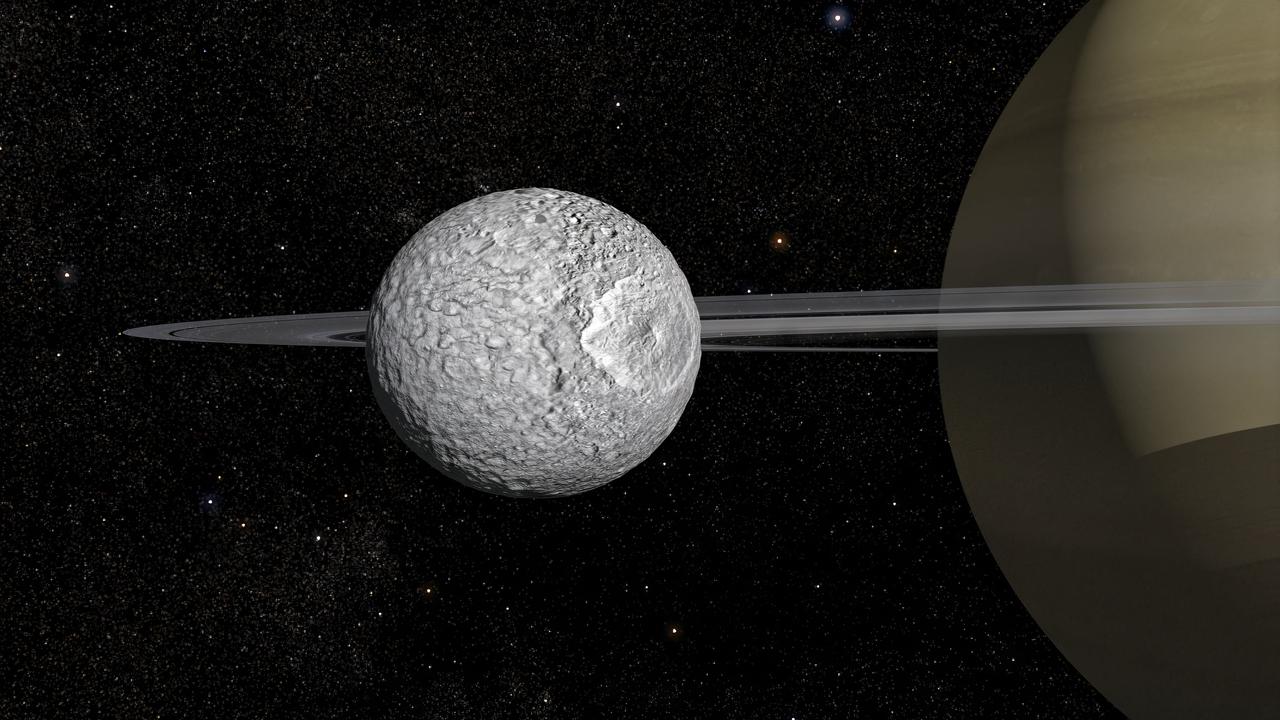
“If there is one place in the universe where we did not expect to find conditions favourable to life, it is Mimas,” said Paris Observatory* astronomer* Dr Valery Lainey, the lead author of a new study in the journal Nature.
Mimas, which is only 400 km in diameter, was “not at all suitable for the job”, Dr Lainey told a press conference.
Discovered by English astronomer William Herschel in 1789, the moon has the nickname Death Star because one particularly huge crater makes it look eerily similar to the space station used by Darth Vader and the villainous* Empire in Star Wars.
Its craggy, crater-riddled surface is inert*, showing no sign of underlying geological* activity that would suggest a hidden ocean.
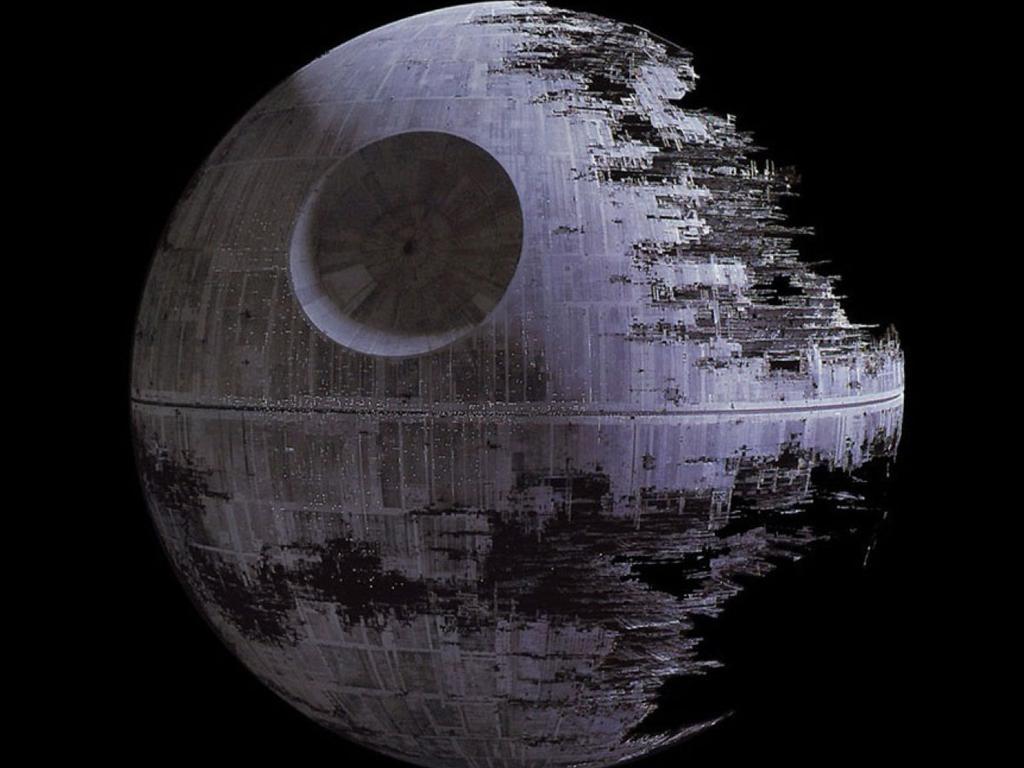
SOMETHING HAPPENING INSIDE
Other water worlds such as Mimas’ big sibling Enceladus have smooth surfaces due to their rumbling internal oceans and many geysers*.
These geysers, which shoot out material from the surface, also demonstrate there is enough heat below to keep the water in a liquid state.
Despite its seemingly desolate* exterior, Dr Lainey said researchers suspected “something was happening inside” Mimas.
They studied how the moon’s rotation is affected by its interior structure, first publishing research in 2014 which was not strong enough to prove the presence of a hidden ocean.
Most scientists remained convinced by the other main hypothesis*: that Mimas has a solid core of rock.
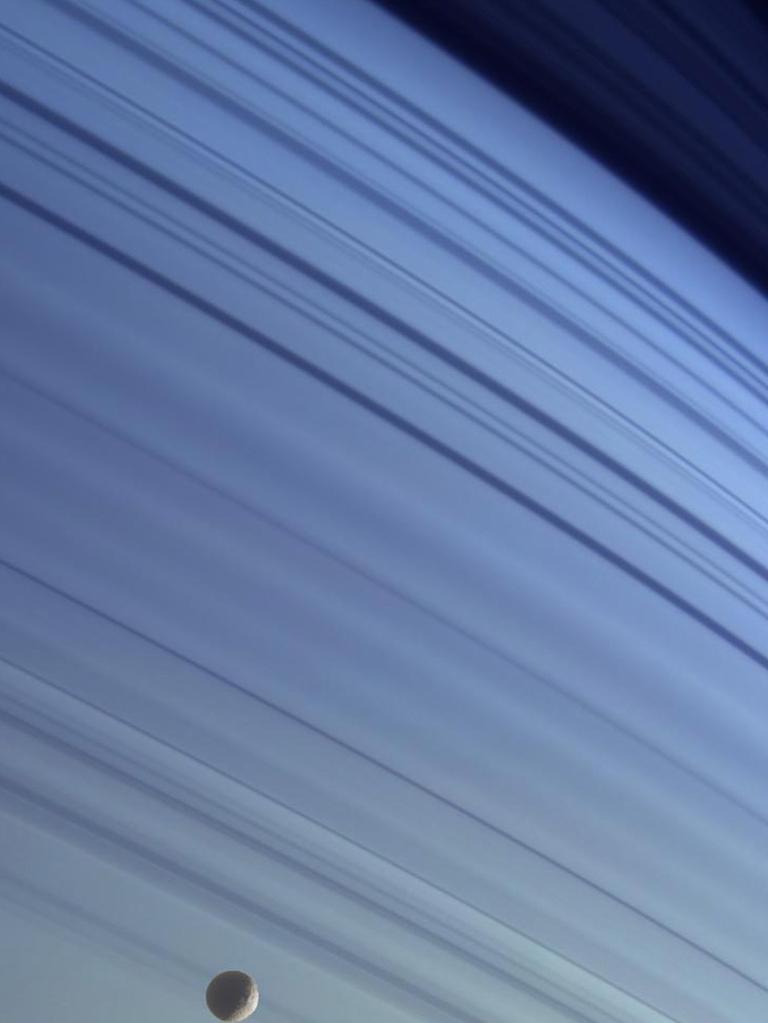
“We could have left it there,” Dr Lainey said, adding that they were “frustrated”. For the new study, the team carefully analysed the moon’s rotation and orbit in dozens of images taken by NASA’s Cassini spacecraft, which orbited Saturn from 2004 to 2017.
They detected tiny oscillations* – rotations of just a few hundred metres – that could not have occurred if the moon had a solid rock interior.
“The only viable* conclusion is that Mimas has a sub-surface ocean,” said two US-based scientists not involved in the study.
“The finding calls for a fresh take on what constitutes an ocean moon,” Dr Matija Cuk of the Search for Extraterrestrial* Intelligence (SETI) and planetary scientist Dr Alyssa Rose Rhoden wrote in a comment article in Nature.
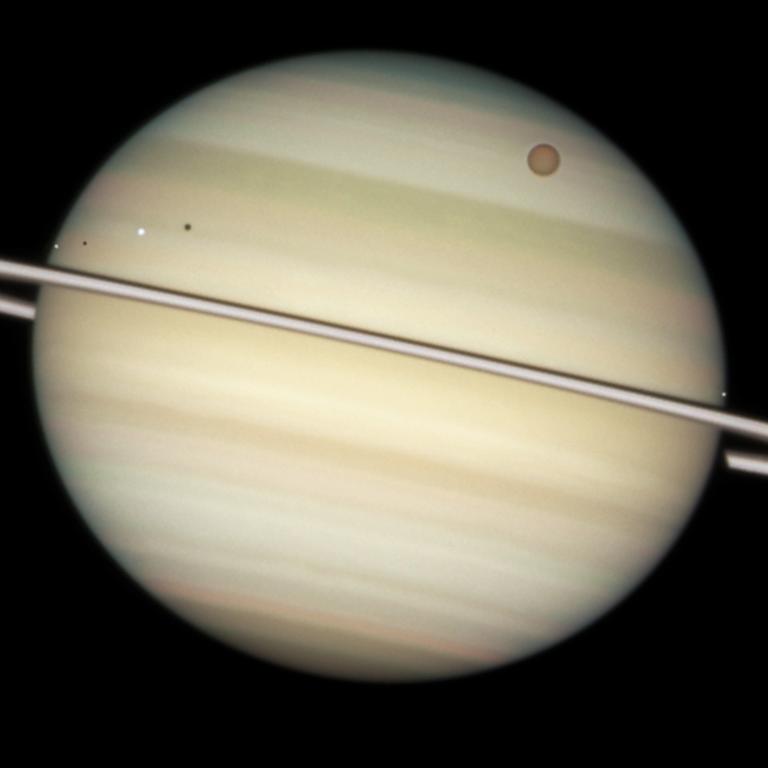
PRIMED FOR LIFE
Mimas’ ice-covered shell is between 20 and 30 km thick, similar to Enceladus, the study estimated.
The researchers believe the ocean formed relatively recently – between five to 15 million years ago – which could explain why signs of its existence have yet to rise and smooth the moon’s surface.
The ocean likely exists due to the influence of Saturn’s many other moons, whose tidal effects shook Mimas and created the necessary heat, they said.
Mimas “brings together all the conditions necessary for habitability*: water maintained by a heat source that is in contact with rocks so that chemical exchanges develop,” said Paris Observatory study co-author Dr Nicolas Rambaux.
So could this nearby water world harbour primitive forms of life such as bacteria*?
“That question will be addressed by future space missions over the coming decades,” Dr Lainey said.
“One thing is certain: if you are looking for the most recent conditions of habitability to have formed in the solar system, Mimas is the place to look.”
POLL
GLOSSARY
- candidate: person or thing considered likely to be or do something
- primitive: basic, simple, at the earliest stage
- observatory: building from which scientists can watch the planets, the stars, the weather
- astronomer: scientist who studies the stars, planets, and other natural objects in space
- villainous: wicked, evil, extremely bad
- inert: motionless, still, something that does not move
- geological: related to geology, study of rocks and other substances making up Earth’s surface
- geysers: holes in a moon or planet’s surface from which hot water and steam are forced out
- desolate: bleak, barren, bare, empty
- hypothesis: idea or explanation for something based on known facts but not yet proven
- oscillations: movements back and forth, swinging, swaying from one point to the other
- viable: able to exist, perform as intended and become successful
- extraterrestrial: coming from or in a place outside planet Earth
- habitability: suitability of an environment to sustain life
- bacteria: microscopic, single-celled organisms
EXTRA READING
Saturn’s rings to disappear from view by 2025
Rally to protect moon from our rubbish
Rare glimpse into birth of stars
QUICK QUIZ
- Mimas is probably best known for looking like what and from where?
- What is the diameter of Mimas?
- Who discovered Mimas and in what year?
- How thick is Mimas’ ice-covered shell thought to be?
- The sub-surface ocean likely exists to the influence of what?
LISTEN TO THIS STORY
CLASSROOM ACTIVITIES
1. What created the ocean moon?
Create a diagram that will help another student understand what might have created the hidden ocean.
Time: allow at least 25 minutes to complete this activity
Curriculum Links: English, Science
2. Extension
Imagine that you are part of the first voyage to Mimas. Use information in the story, your own research skills and maybe your imagination to help you to create a detailed plan of what you are going to investigate.
Time: allow at least 30 minutes to complete this activity
Curriculum Links: English, Science
VCOP ACTIVITY
Read this!
A headline on an article – or a title on your text – should capture the attention of the audience, telling them to read this now. So choosing the perfect words for a headline or title is very important.
Create three new headlines for the events that took place in this article. Remember, what you write and how you write it will set the pace for the whole text, so make sure it matches.
Read out your headlines to a partner and discuss what the article will be about based on the headline you created. Discuss the tone and mood you set in just your few, short words. Does it do the article justice? Will it capture the audience’s attention the way you hoped? Would you want to read more?
Consider how a headline or title is similar to using short, sharp sentences throughout your text. They can be just as important as complex ones. Go through the last text you wrote and highlight any short, sharp sentences that capture the audience.

